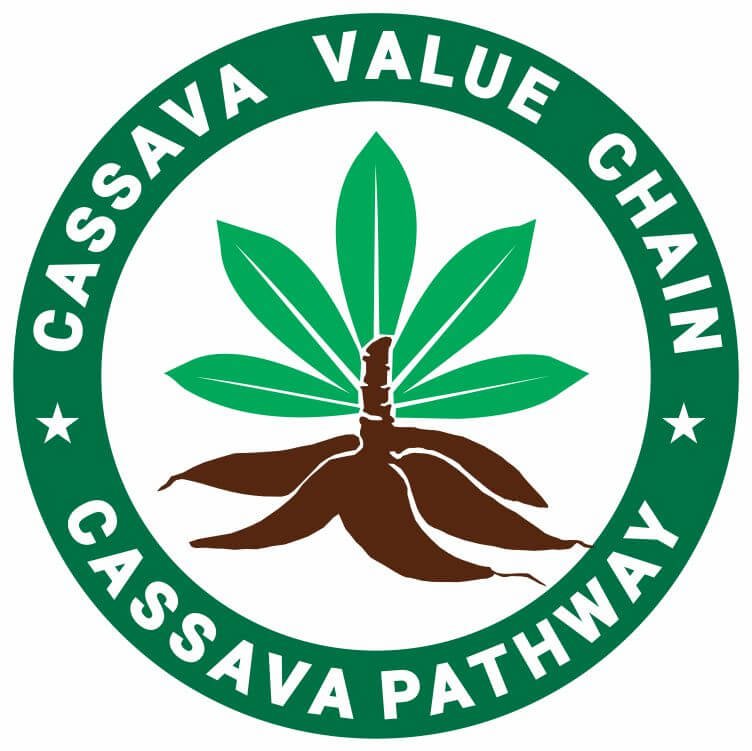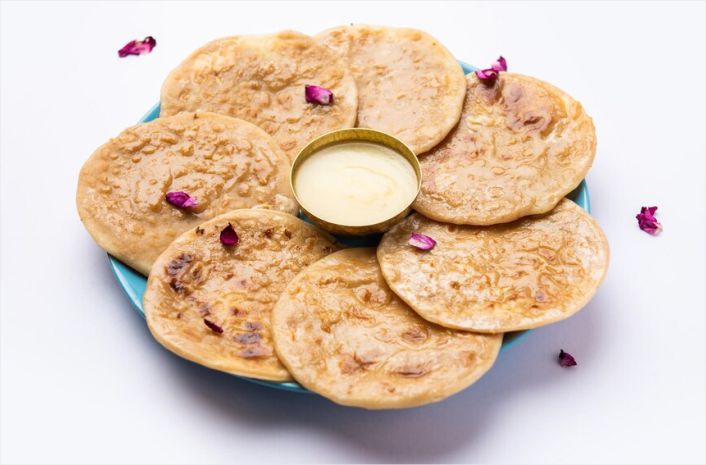Wake up to soft, fluffy bites with this easy cassava flour pancakes recipe, naturally gluten-free, grain-free, and perfect for clean eating. A simple, satisfying breakfast the whole family will love.
You’ve probably heard about cassava flour as a gluten-free alternative, but have you tried using it in pancakes?
If not, you’re in for a treat. Cassava flour, derived from the cassava supercrop, provides a smooth texture and mild flavor, making it ideal for light and fluffy pancakes.
Unlike some gluten-free flours that compromise texture, cassava flour holds its structure well, giving you the pancakes you crave without the gluten.
This recipe is ideal for anyone following a gluten-free, paleo, or whole-food diet.
Whether you’re looking for a healthier breakfast option or just want to experiment with new ingredients, these pancakes will satisfy your cravings.
Plus, they pair beautifully with a variety of toppings, allowing you to customize each bite to your liking.
Recommended: How to Make Cassava Flour
Table of Contents
- What is Cassava Flour Pancake?
- Why Use Cassava Flour for Pancakes?
- Ingredients You’ll Need
- Cassava Flour Pancakes Recipe: Step-by-Step Instructions
- Fluffy Cassava Flour Pancakes Tips and Tricks
- Cassava Flour Pancakes Without Eggs
- Cassava Flour Pancakes Without Milk
- Serving Suggestions
- Storage and Reheating Tips
- Common Mistakes to Avoid
- Frequnetly Asked Questions about Cassava Flour Pancakes
- Conclusion
What is Cassava Flour Pancake?
Cassava flour pancake, different from grated cassava pancake, is a gluten-free pancake made using finely ground flour from the whole cassava root.
Unlike traditional pancakes made with wheat flour, cassava flour pancakes have a naturally mild flavor and slightly chewy texture, making them suitable for a wide range of sweet or savory toppings.
Because cassava flour retains more fiber and nutrients than tapioca starch, it offers a more wholesome alternative for those avoiding gluten or grains.
Why Use Cassava Flour for Pancakes?
Cassava flour gives you a simple way to make pancakes that fit your diet and still taste great.
It works well for both sweet and savory breakfasts without much effort.
Neutral Flavor That Works With Any Topping
Cassava flour has a mild, clean taste that doesn’t overpower your pancakes.
You can top them with fruit and syrup or go savory with eggs and avocado.
It adapts easily to any flavor, giving you full control over your breakfast.
Recommended: Creative Cassava Recipes Around the World
Binds Naturally Without Extra Ingredients
You won’t need xanthan gum or other binders. Cassava flour naturally holds your batter together.
That means fewer ingredients and less guesswork. It makes pancake-making simple while still giving you a fluffy, satisfying result every time you mix and pour.
Fits Most Allergen-Free Diets
Cassava flour is free from gluten, nuts, and grains. If you’re cooking for food allergies or following paleo, this flour works.
You can make one batch for everyone and serve worry-free pancakes that cater to different diets without altering your routine.
Works for Both Beginners and Experienced Cooks
This flour is easy to handle if you’re just starting out. But it also gives more experienced cooks room to get creative.
Adjust liquids, add flavors, or try mix-ins. It stays stable and forgiving, no matter how you tweak the recipe.
Related Posts
Troubleshooting Cassava Flour Pancake
Cassava Flour Bread Recipe: Step-by-Step Guide
Cassava Pancake Mix vs Cassava Flour Pancake Mix
Tapioca Flour and Cassava Flour: Are They Different?
Vegan Cassava Flour Bread Recipe: 100% Plant-Based
Recipe for Cassava Flour Bread Rolls
Recipe for Vegan Cassava Pancake
Does Cassava Flour Contain Cyanide?
Ingredients You’ll Need
You don’t need a long list to make soft, gluten-free pancakes with cassava flour.
Each ingredient has a clear job and works with the others to give you the right texture and taste.
Keep your ingredients fresh, measure carefully, and you’ll get pancakes that cook evenly and taste great every time.
Cassava Flour
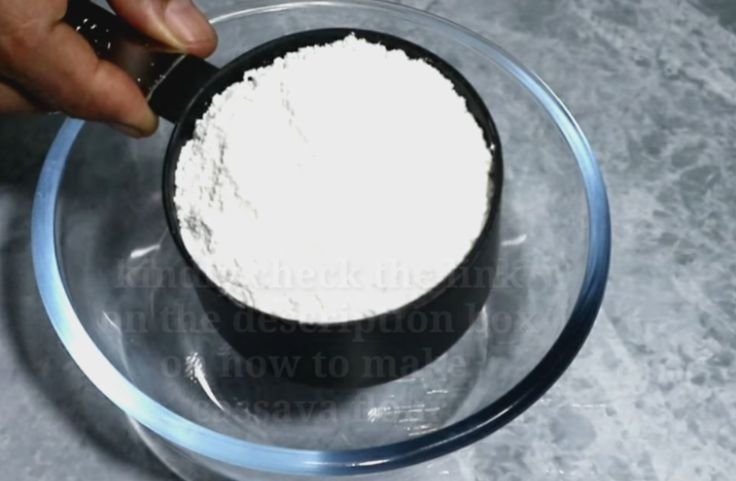
Cassava flour gives your pancakes structure and softness at the same time. It’s naturally gluten-free and works well with both sweet and savory toppings.
Make sure you’re using finely ground cassava flour, not tapioca starch. The texture should feel smooth, not gritty.
If you’re used to wheat flour, cassava feels different but handles well in batter.
Use a spoon to level the cup for accuracy when measuring.
Baking Powder

Baking powder helps the batter rise, so your pancakes turn out light instead of dense. Without it, you’ll end up with a flat stack that feels heavy.
Make sure the baking powder you use is fresh; check the expiration date before adding it.
If you prefer homemade, mix baking soda with cream of tartar.
Combine it well with the dry ingredients before pouring in your liquids.
Related: Cassava and the American Gluten-free Lifestyle
Salt
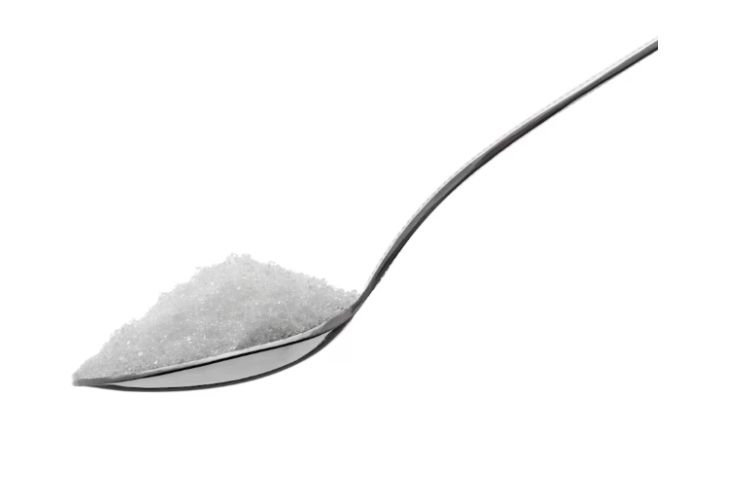
Salt brings out the natural flavor in your pancake batter. You don’t need a lot, just a small pinch makes a big difference.
It helps balance any sweetness from maple syrup, fruit, or honey. If you skip salt, your pancakes might taste dull.
Add it with the dry ingredients and mix evenly so the flavor spreads through the whole batter without clumping in one spot.
Eggs or Egg Replacer
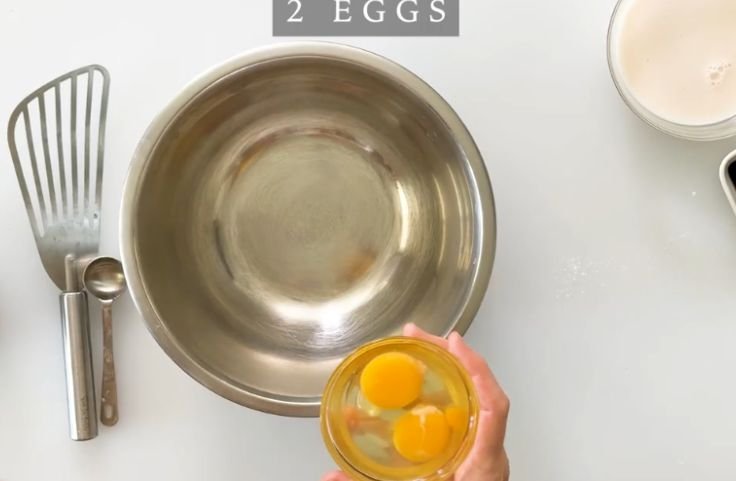
Eggs give the pancakes moisture and help everything bind. They also help the pancakes stay tender instead of crumbling.
If you’re avoiding eggs, mix one tablespoon of flaxseed meal with three tablespoons of water for each egg.
Let it sit for five minutes until it thickens. You can also use a commercial egg replacer.
The goal is to keep the batter smooth and easy to pour.
Milk or Non-Dairy Milk
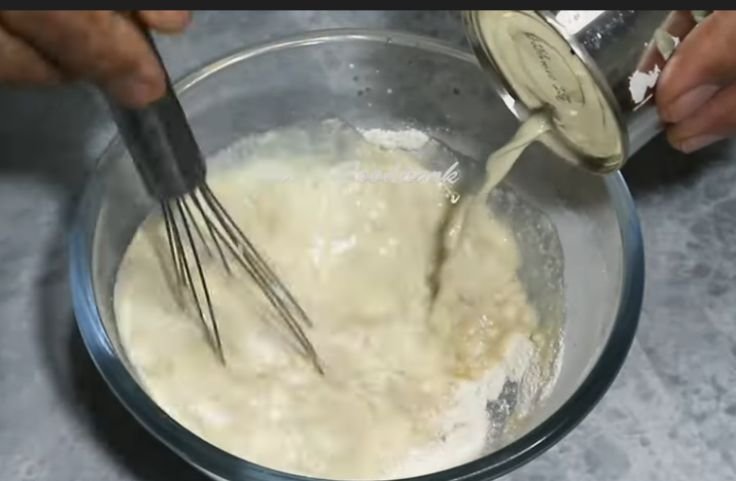
You need liquid to bring the batter together. Regular milk works fine, but almond milk, oat milk, or coconut milk all do the job too.
Buttermilk gives a slightly richer taste and reacts with baking powder for more lift.
If the batter feels too thick after mixing, add a splash of milk until it spreads easily on the pan without running all over the place.
Related: Paleo-Compliant Cassava Recipes
Sweetener
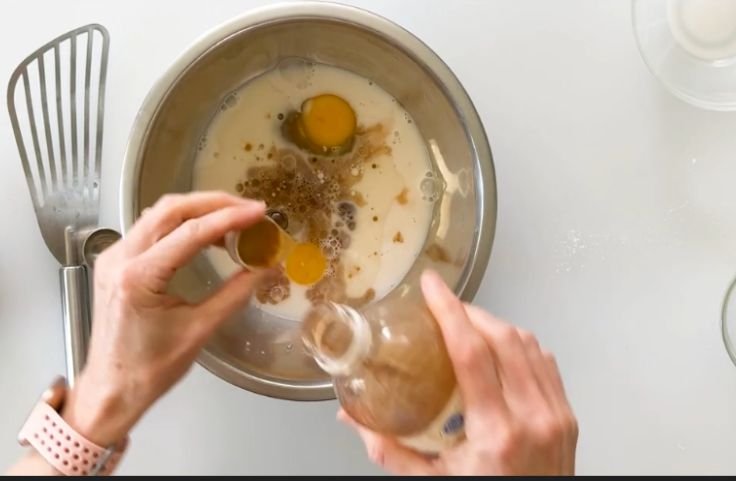
Add a little sweetness directly to the batter if you like a richer taste. Maple syrup, honey, or agave syrup all blend in smoothly.
You can skip it if you’re topping your pancakes with sweet fruits or syrups later.
Stir the sweetener into your wet ingredients before combining them with the dry mix so it spreads evenly and doesn’t sit at the bottom of the bowl.
Vanilla Extract
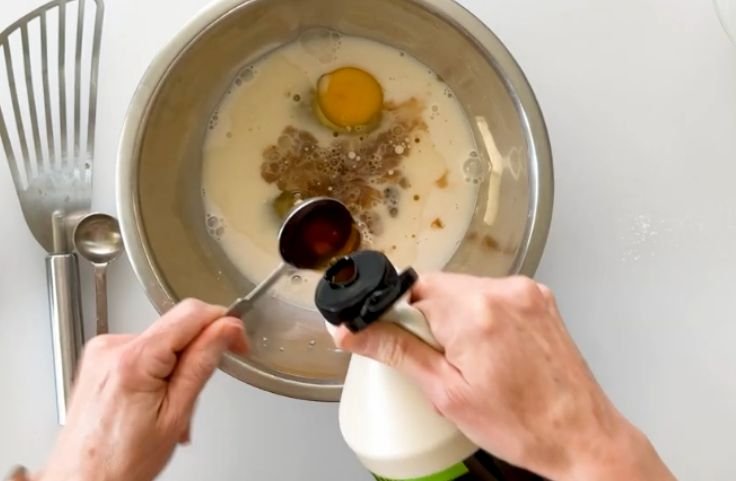
Vanilla gives the pancakes a warm smell and a deeper flavor. Just a teaspoon is enough.
Add it to your wet mix before combining with the flour. If you’re going for a more savory pancake, you can leave it out.
But if you’re making breakfast or brunch, that small touch of vanilla makes your pancakes feel more complete and gives them a nice aroma while cooking.
- 1 cup cassava flour
- 1 teaspoon baking powder
- 1/4 teaspoon salt
- 2 eggs (or flax eggs for a vegan option)
- 3/4 cup milk (dairy or non-dairy alternative)
- 1 tablespoon honey or maple syrup
- 1 teaspoon vanilla extract (optional)
- 1 tablespoon melted coconut oil or butter
- 1/2 teaspoon cinnamon (optional for extra flavor)
- Oil or butter for cooking
Cassava Flour Pancakes Recipe: Step-by-Step Instructions
Making cassava flour pancakes is simple if you take it one step at a time.
Once you’ve gathered your ingredients and tools, the rest comes together easily.
Stick with the order below to get consistent results every time.
Gather Your Ingredients and Tools
Get everything ready before you start. You’ll need cassava flour, baking powder, salt, eggs, milk or a dairy-free option, and vanilla extract.
Grab a large mixing bowl, a smaller bowl for the wet ingredients, a whisk, a skillet or nonstick pan, and a spatula.
Laying out everything in advance saves you time and keeps your batter from sitting too long between steps.
Combine the Dry Ingredients
Add one cup of cassava flour to a large bowl. Mix in two teaspoons of baking powder and a pinch of salt.
Whisk them together so everything spreads evenly throughout the flour.
You want the baking powder to be fully mixed so every pancake rises the same way in the pan.
Keep the bowl nearby so it’s ready when you mix in the wet ingredients.
Whisk the Wet Ingredients
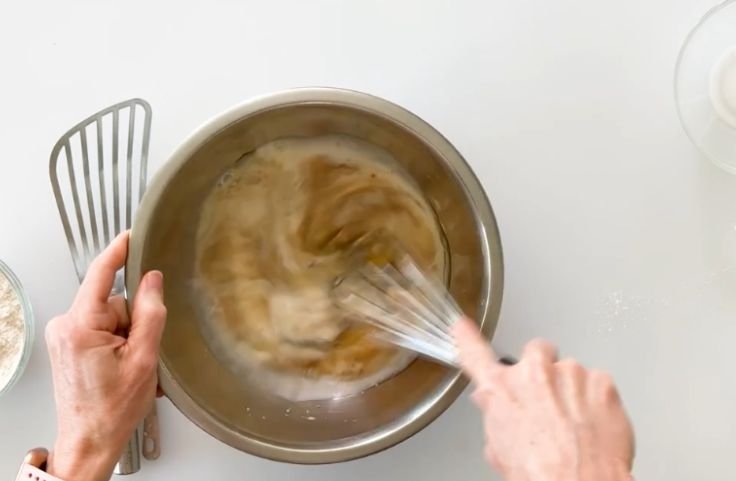
Crack two eggs into a separate bowl and whisk until smooth.
Pour in one cup of milk or a plant-based alternative, then add one teaspoon of vanilla extract. Mix until everything blends into a single liquid.
Doing this in a separate bowl keeps your batter from clumping too early and helps the eggs spread evenly throughout the mixture.
Mix Wet and Dry Into a Smooth Batter
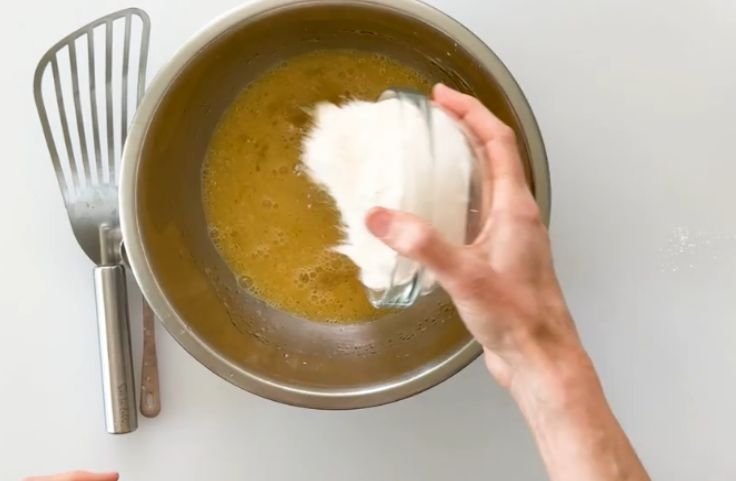
Slowly pour the wet mixture into the dry bowl. Use a whisk or spoon to stir gently.
Mix until you no longer see dry flour, but stop before it gets too smooth. A few lumps are okay and even preferred.
Overmixing can lead to chewy pancakes. You want a pourable batter that spreads in the pan without running like water.
Preheat the Skillet and Grease It Lightly
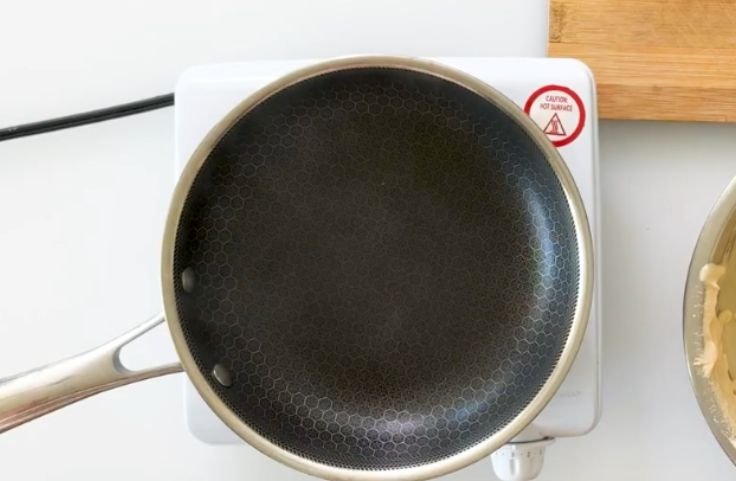
Place your skillet over medium heat and give it a minute to warm up. Lightly coat it with oil, butter, or nonstick spray.
To test if it’s ready, flick a few drops of water onto the surface. If they sizzle and jump, you’re good to go. If they sit still or evaporate slowly, give it a little more time.
Pour and Cook the Pancakes
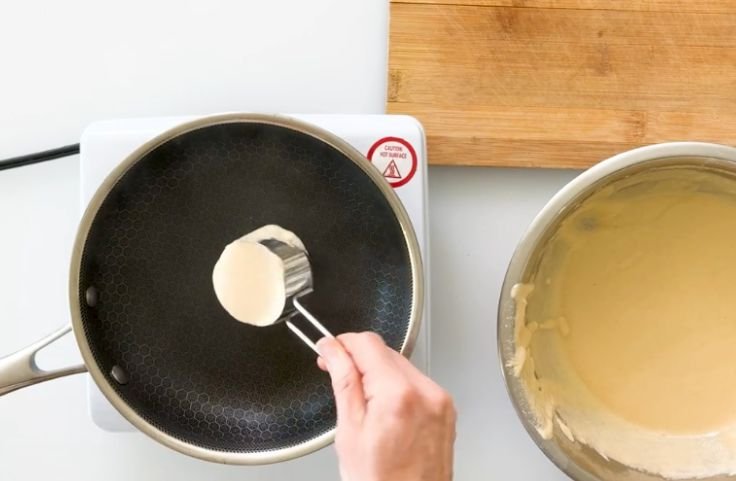

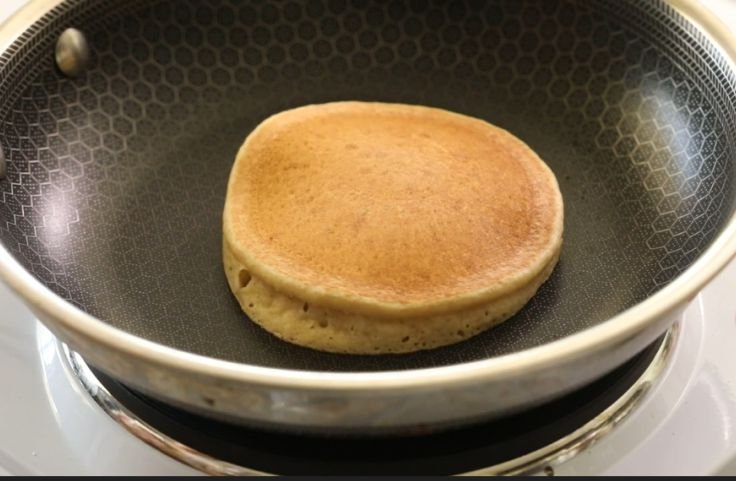
Scoop the batter using a ladle or measuring cup and pour onto the hot skillet.
Let the pancakes cook for two to three minutes. You’ll see bubbles forming on top.
That’s your cue to flip. Turn the pancakes gently with a spatula and cook the other side for another two minutes until golden.
Repeat until the batter is finished.
Serve While Warm With Your Favorite Toppings
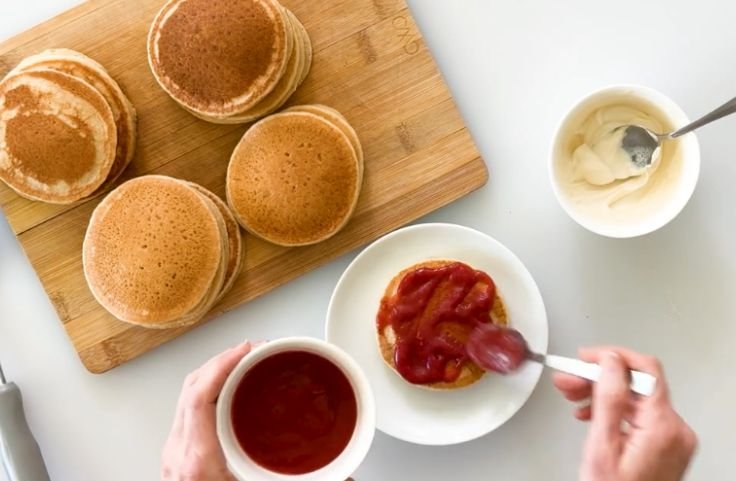
Move your pancakes to a plate and serve them warm.
Try toppings like maple syrup, sliced bananas, fresh berries, peanut butter, or even a fried egg if you like a savory breakfast.
Cassava pancakes hold their shape and soak in flavors well, so don’t be afraid to mix it up depending on your mood or who you’re feeding.
Related: Cassava Flour Recipes
Fluffy Cassava Flour Pancakes Tips and Tricks
Getting soft and fluffy cassava flour pancakes comes down to how you mix and cook.
Paying attention to the steps below helps you avoid flat or rubbery results and makes each pancake worth the bite.
Sift the Dry Ingredients First
Start by sifting your cassava flour with baking powder and salt. This removes any lumps and adds air to the mix.
Pancakes turn out lighter when the dry ingredients are properly aerated. Skip this step, and you might get clumps that mess with your texture.
Use a fine mesh strainer or flour sifter for best results, and do it over a large bowl so you have room to stir later.
Mix Wet Ingredients Gently Into the Dry
Once your wet ingredients are ready, pour them slowly into the dry bowl. Use a spatula or whisk to fold them in with care.
Stop mixing once everything looks combined. Don’t try to get it completely smooth; some lumps are fine.
Overmixing can push the air out and make your pancakes dense.
You want a thick but pourable batter that spreads on the skillet without running too much.
Let the Batter Rest Before Cooking
After mixing, let the batter sit for at least 15 minutes. Cassava flour needs time to soak up the liquid.
This step helps the texture settle and gives the baking powder a head start.
Resting makes the batter easier to scoop and results in fluffier pancakes.
Cover the bowl with a towel while it rests and keep it on the counter until your skillet is fully preheated.
Use the Right Heat and Surface
Choose a nonstick skillet or flat griddle and place it over medium-low heat. Let it warm up before adding any batter.
Pancakes need steady heat to rise evenly and cook through without burning.
Add a little oil or ghee to prevent sticking and to get a golden surface.
Don’t overcrowd the pan; leave space between pancakes so the heat can move around freely.
Swap Eggs the Right Way if Needed
If you’re not using eggs, go with flax or chia seeds to keep your pancakes soft.
Mix one tablespoon of flaxseed meal with three tablespoons of water for each egg.
Let it sit for five minutes to thicken before adding it to your mix. It holds your batter together and helps it rise.
You’ll still get a fluffy texture without needing animal products in the recipe.
Related: Cassava Pancake and Cassava Flour Pancake: How They Differ
Cassava Flour Pancakes Without Eggs
You can still enjoy cassava flour pancakes even if you don’t eat eggs.
Whether you’re following a vegan diet, managing an egg allergy, or simply ran out of eggs, there’s an easy way to make it work.
Cassava flour binds well on its own, so with the right substitute, you won’t miss the eggs.
The most common egg-free swap is a flax egg. To make one, mix one tablespoon of ground flaxseed with three tablespoons of water.
Let it sit for about five minutes until it thickens into a gel. This mix adds moisture and binding power to your batter.
Chia seeds work the same way if you prefer them.
If you have a commercial egg replacer, you can use it according to the package directions.
Mashed bananas or unsweetened applesauce can also do the job in sweet recipes, though they may slightly change the flavor.
When making your cassava flour pancakes without eggs, mix gently and let the batter rest for at least 10 to 15 minutes.
This allows the flour and replacement to hydrate properly and improves texture.
With this method, you still get fluffy, soft pancakes that hold together well, and no one will guess they’re egg-free.
Related: How to Make Cassava Tortilla Chips
Cassava Flour Pancakes Without Milk
You don’t need regular milk to enjoy cassava flour pancakes. If you’re dairy-free or just out of milk, there are plenty of simple swaps that still give you a soft, fluffy stack.
Cassava flour works well with most liquids, so switching out milk won’t ruin the texture.
You can use almond milk, coconut milk, oat milk, or even rice milk. These non-dairy options blend easily into the batter and give you the moisture needed for smooth mixing.
Unsweetened versions work best if you’re keeping sugar low or planning to go savory.
If your batter seems too thick, just add a little more liquid until it spreads gently in the pan. Let it rest for a few minutes before cooking.
This easy dairy-free option makes the cassava flour pancakes recipe even more flexible for different diets without giving up taste or texture.
Serving Suggestions
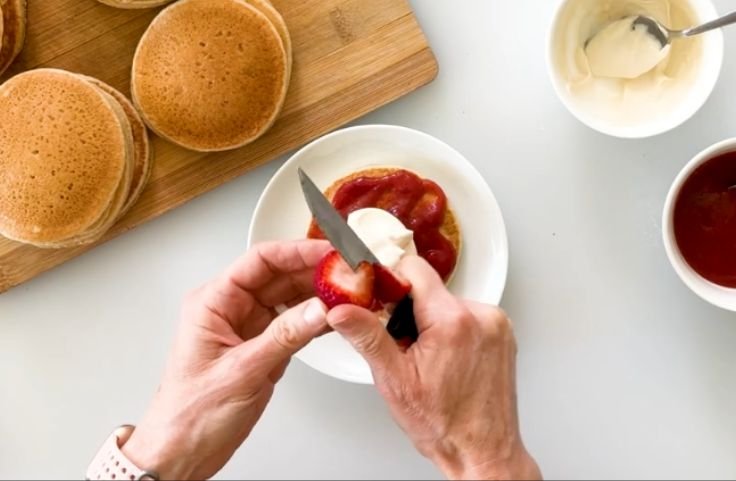
You can enjoy cassava flour pancakes in more than one way. With the right toppings, your pancakes go from simple to satisfying.
These serving ideas make your breakfast more balanced, colorful, and full of flavor.
Top With Fresh Fruits
Add sliced bananas, strawberries, or blueberries to your stack. They bring color and natural sweetness without extra sugar.
You can also mash soft berries into a quick compote for added moisture. Fruits like kiwi or mango give your pancakes a tropical spin.
These toppings pair well with the light taste of cassava flour and add fiber, vitamins, and natural appeal to your plate.
Add Nut Butters for Creaminess
Spread peanut butter, almond butter, or cashew butter on warm pancakes for a rich and creamy finish.
These add healthy fats and a bit of protein, which helps you stay full longer.
Drizzle the nut butter or mix it with a little warm water if it’s too thick.
The smooth texture works especially well when layered with fruit or served as a dip on the side.
Drizzle With Natural Sweeteners
A drizzle of maple syrup is a classic move, but you can also go with honey, agave nectar, or coconut syrup.
These natural sweeteners blend into the pancakes without overpowering the flavor.
Go light with the drizzle if you want to keep sugar in check.
Each option brings a different kind of sweetness, so try a few and find what works for your taste.
Use Yogurt for a Tangy Twist
Spoon plain or lightly sweetened yogurt over your pancakes to balance the texture and add creaminess.
Greek yogurt adds extra protein while keeping the meal light. You can stir in a bit of vanilla or cinnamon to bring out more flavor.
The cool yogurt also contrasts nicely with warm pancakes, especially when paired with warm berries or a light syrup.
Build a Stack With Layers
You don’t have to stick with one topping. Build your pancake stack in layers with fruit, nut butter, or yogurt between each round.
This way, every bite brings something new. It’s a fun and easy way to serve pancakes at brunch or on a weekend morning when you have time to enjoy the meal.
You can also cut the stack and serve it like a cake.
Storage and Reheating Tips
You can save leftover cassava flour pancakes without losing their soft texture.
With the right storage and reheating steps, your pancakes can stay tasty and ready for quick meals during the week.
Refrigerate for Short-Term Use
If you plan to eat the pancakes within a few days, refrigerate them.
Stack the pancakes with parchment paper between each one to keep them from sticking together.
Place them in an airtight container to help lock in moisture. Store them in the fridge for up to four days.
This keeps the texture light and the flavor fresh without needing extra steps when you’re ready to eat again.
Freeze for Long-Term Storage
To freeze, let your pancakes cool completely after cooking. Layer parchment paper between them so they don’t freeze into a single block.
Place them in a freezer-safe container or zip-top bag. Press out extra air to prevent freezer burn.
Your pancakes will stay good for up to three months. Label the bag with the date so you can keep track and use them while they still taste their best.
Reheat in the Microwave or Skillet
For a quick reheat, place a pancake on a plate and cover it with a damp paper towel.
Microwave for 20 to 30 seconds per pancake. This keeps them from drying out.
If you want a crisper edge, warm them in a skillet over low heat. Flip occasionally until heated through.
Both methods help bring back the soft center without making the pancakes rubbery or dry.
Thaw Frozen Pancakes Before Reheating
If your pancakes are frozen, move them to the fridge the night before. Thawing helps them reheat evenly without overcooking.
Once thawed, use the microwave or skillet method.
Don’t skip the thawing step if you want even texture throughout.
If you’re in a rush, a microwave defrost setting can help, but monitor closely to avoid overheating.
Thawed pancakes taste just as fresh with the right touch.
Prep in Advance for Busy Mornings
You can make mornings easier by storing pancakes in ready-to-go portions.
Separate servings into containers or freezer bags, so you only grab what you need.
This makes meal prep faster and limits food waste. You’ll have breakfast in minutes, whether you’re at home or heading out.
Having cassava flour pancakes prepped and stored means you can eat well even on your busiest days.
Related: How to Make Cassava Flour Tortillas
Common Mistakes to Avoid
Even simple recipes can go wrong without the right techniques. Avoid these mistakes for perfect pancakes:
- Over-Mixing the Batter: This makes the pancakes dense instead of fluffy.
- Skipping the Resting Time: The batter needs time to thicken and absorb liquid.
- Cooking on High Heat: This burns the pancakes outside while leaving the inside raw.
- Using Too Much Flour: Stick to the measurements to avoid dry, tough pancakes.
Related: Chickpea Flour and Cassava Flour: What’s the Difference?
Frequnetly Asked Questions about Cassava Flour Pancakes
Can you use cassava flour instead of regular flour for pancakes?
Yes. Cassava flour works well as a 1:1 swap in many pancake recipes. It gives a soft texture and is naturally gluten-free and grain-free.
Why are my cassava flour pancakes falling apart?
Your pancakes might fall apart if the batter is too thin or missing binding ingredients like eggs or flaxseed. Letting the batter rest also helps.
Do cassava flour pancakes taste different from regular pancakes?
They have a mild, earthy flavor that pairs well with sweet or savory toppings. The texture is soft and slightly chewy, not dry or gritty.
Are cassava flour pancakes good for a paleo diet?
Yes. Cassava flour is grain-free and gluten-free, making it suitable for paleo diets. Just use paleo-friendly sweeteners and milk alternatives in your recipe.
Conclusion
If you’re looking for a simple breakfast that fits clean eating, gluten-free, or paleo goals, this cassava flour pancakes recipe checks the box.
It’s easy to follow, uses pantry staples, and gives you soft, satisfying pancakes every time.
You don’t need fancy tools or complicated steps, just a bowl, a pan, and a few minutes.
Whether you enjoy them plain, with fruit, or layered with nut butter, they’re easy to make and even easier to love.
You can store, reheat, or prep them in advance without losing texture or taste.
Now that you have a foolproof cassava flour pancake recipe, it’s time to bring it to life.
With simple ingredients and easy steps, you can make a delicious and nutritious breakfast that fits a variety of diets.
Give this cassava flour pancakes recipe a try and see how it fits right into your morning routine.
References

Chimeremeze Emeh is a writer and researcher passionate about Africa’s most transformative root crop—cassava. Through his work at cassavavaluechain.com, he explores the entire cassava industry, from cultivation and processing to its diverse applications in food, health, and industrial use.
He also writes for palmoilpalm.com, where he shares his extensive experience and deep-rooted knowledge of palm oil, covering red palm oil, palm kernel oil, and refined products. His work there reflects his lifelong connection to agriculture and his commitment to promoting sustainable value chains in Africa.
Driven by curiosity and purpose, Chimeremeze aims to shed light on how cassava continues to empower communities, strengthen food systems, and link traditional farming wisdom with modern innovation.
